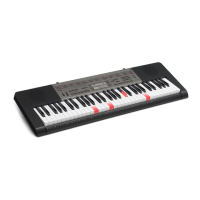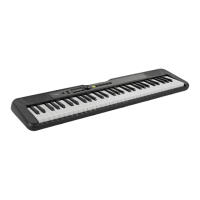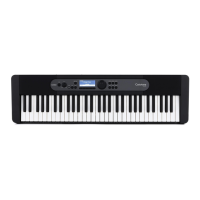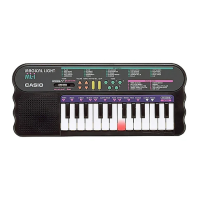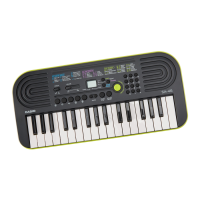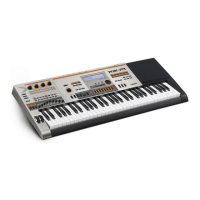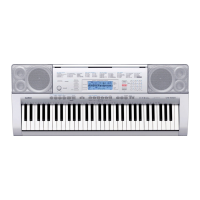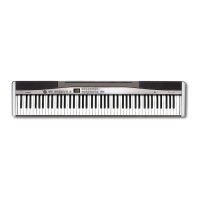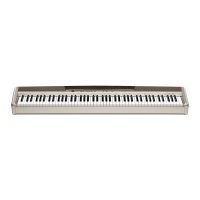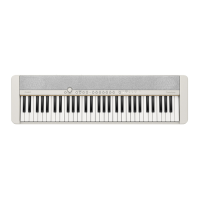How to fix no sound on my Casio Synthesizer keyboard?
- JJustin PerezAug 14, 2025
If there is no keyboard sound on your Casio Synthesizer, check the following: * Ensure the AC adapter is correctly attached, the batteries are properly inserted (+/–), and the batteries are not dead. * Make sure the POWER/MODE switch is turned on. * Increase the volume using the MAIN VOL. slider. * Set the POWER/MODE switch to NORMAL. * Turn on LOCAL CONTROL.


